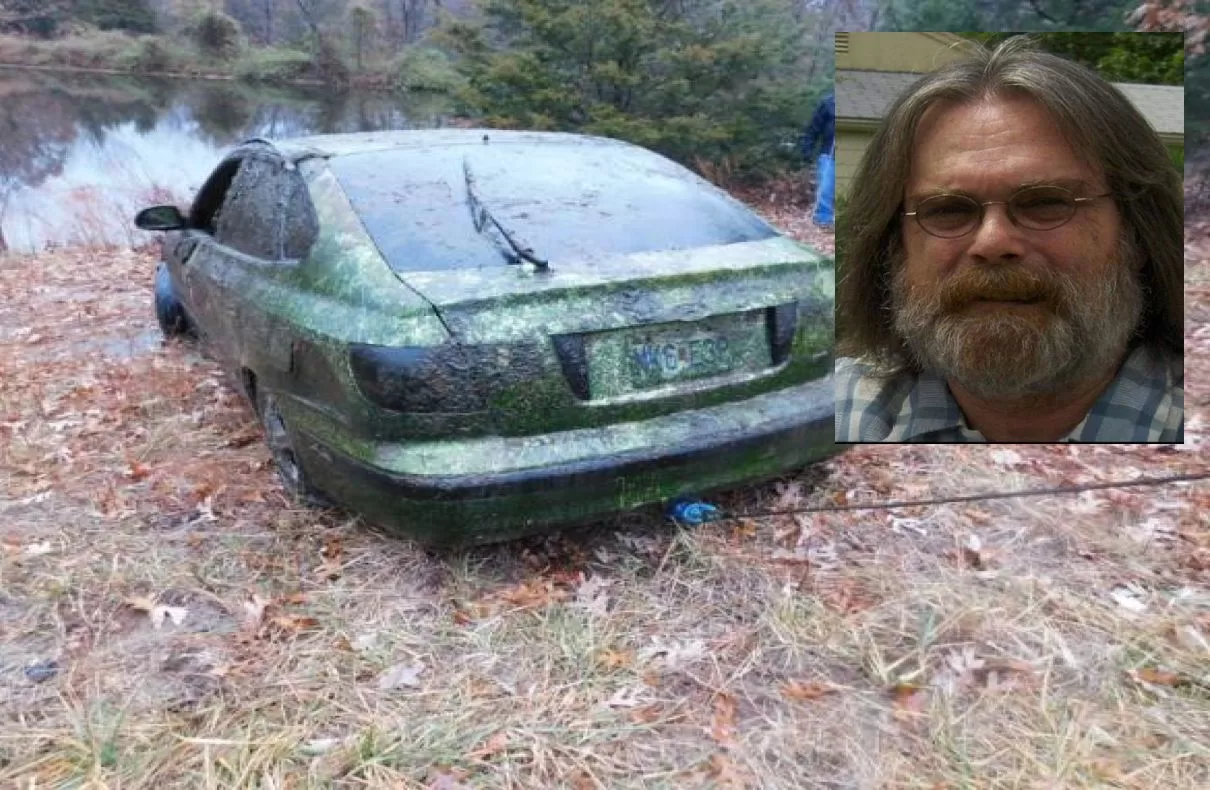During the afternoon of this Friday, the Municipality will carry out a fumigation operation in the city cemetery, so the cemetery will close its doors from 12 and will resume its activities on Saturday morning.
“The necropolis will close its doors on Friday from noon and will resume its normal activity on Saturday from 7, at its usual time”, they indicated in the Commune. It will be within the framework of various focus control actions, which in the last few hours included fumigation in the La Fábrica de Gorina neighborhood, junkyarding in different locations and awareness-raising tasks.
From the Center for Parasitological and Vector Studies (CEPAVE), dependent on the UNLP and CONICET, they had already warned that one of the most dangerous points and sources of the city was the Cemetery, because it presents the circulation conditions of this mosquito.
“There are approximately 300,000 vases there, of that totality it could be that 500 of them have larvae of this insect in September, the population will grow and in February almost 100% of the containers with water will have larvae and pupae of Aedes aegypti, and so on. The number of females biting and laying eggs will increase. At that time the mosquito population will be fully active and that is when the risk of transmitting viruses is greatest,” explained Juan José García, a CEPAVE researcher.
“With intense heat, the life cycle of the mosquito accelerates, and in just 15 days it goes from egg to adult mosquito capable of laying a new generation of eggs,” he explained. At the same time, García explained that both climate change and the massive migratory movements that are carried out constantly due to tourism or for labor reasons and transportation, will favor the virus that was, for example, in the southeast Asia, Africa or another continent can spread rapidly throughout Latin America.
Although the Temples of the Egyptians It had been declared eradicated from Argentina in 1963, since 1989 the mosquito population began to expand again in the region. CEPAVE scientists detected its presence in the province of Buenos Aires and in the city of La Plata in 1994. From there, this Center carried out weekly measurements of density and displacement of the populations of this mosquito for more than 2 years. In 2000, a detailed report was presented to the health authorities anticipating that what we are experiencing today could happen.
NATIONAL OVERVIEW
As indicated this Thursday by the Minister of Health of the Nation, Carla Vizzotti, the dengue curve “stopped growing” and “is plateauing” in the most affected jurisdictions. Although he stressed that despite the loss, one should not “lower one’s guard” and continue working to prevent the mosquito, which is expected to reduce his life due to the low temperatures.
“Yesterday (Wednesday) we were chatting with some of the provinces and both in the City (of Buenos Aires), as well as in the Province (of Buenos Aires) and Tucumán, in recent weeks the number of cases has stopped growing and in the whole country we are in a similar situation,” said the minister. And he explained: “With the low temperatures we hope that the life of the mosquito will decrease” and pointed out that in this scenario “we have the expectation that we are already going through the stabilization of the cases and begin to see in the next two to four weeks the decrease in the curve, especially in the places with the greatest number, which are Tucumán and AMBA, where we see that the curve is plateauing”.
“However, we don’t have to let our guard down, we have to keep working and throughout the year because the issue is to reduce the possibility of water accumulation because the mosquito lays eggs and those eggs last even all winter, that’s why the measures of prevention and control of the vector are carried out throughout the year,” said Vizzotti.




